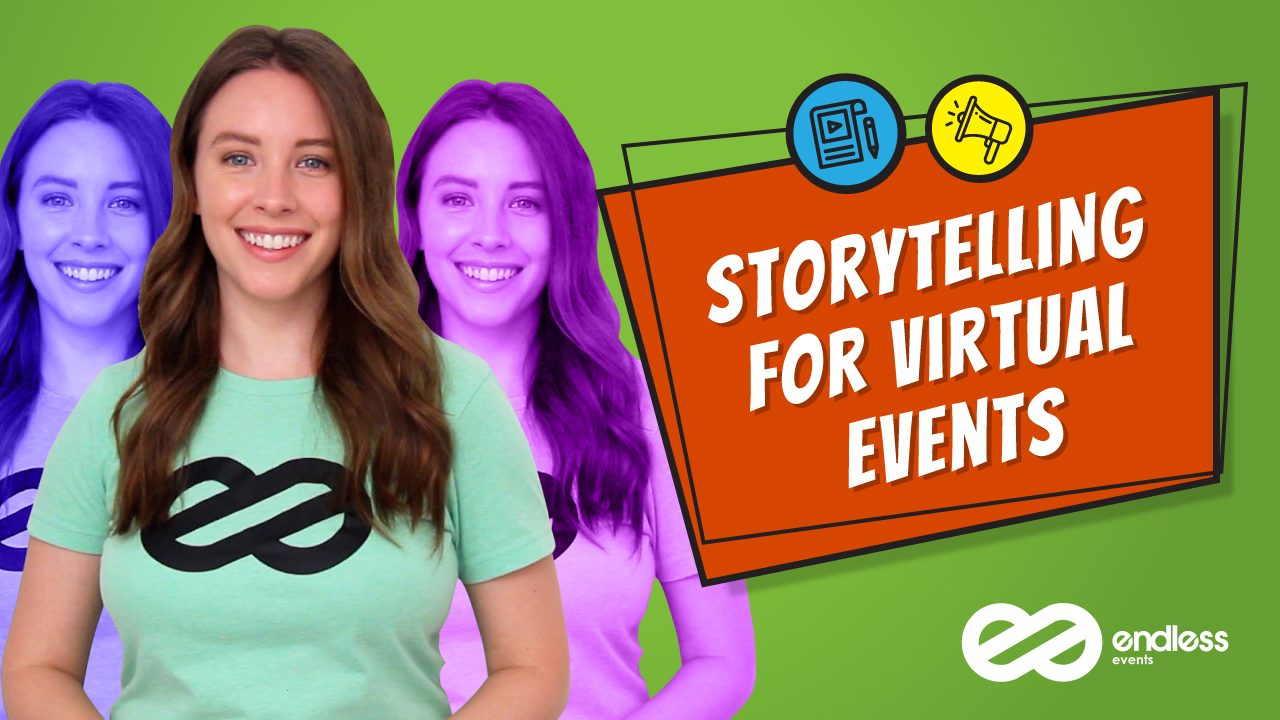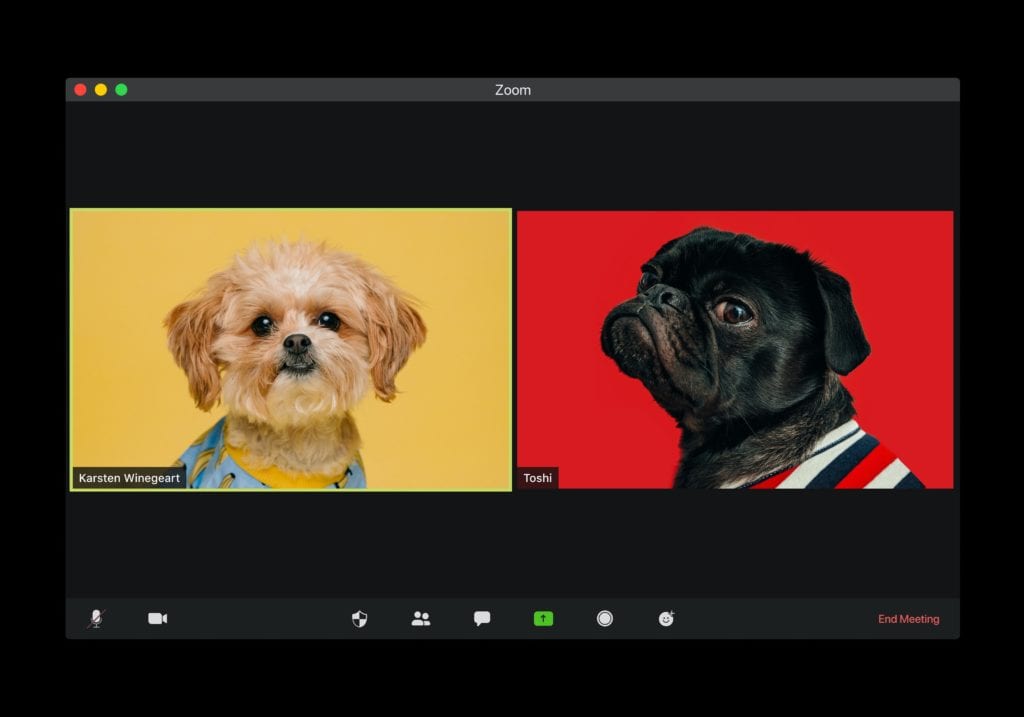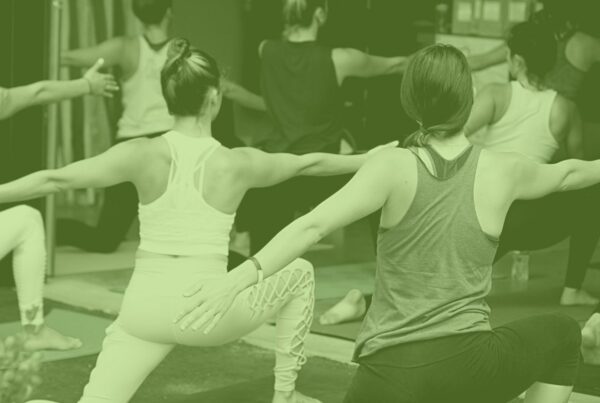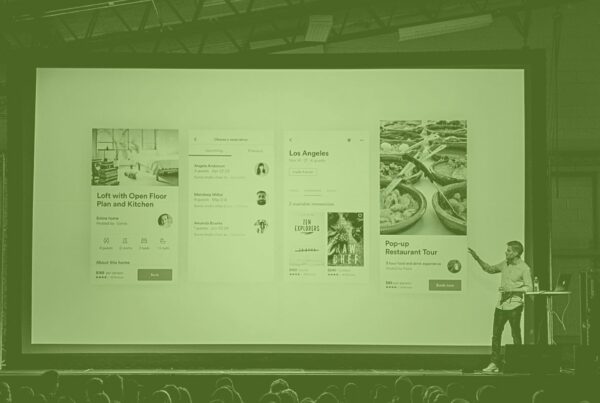
We wanted to do something different today, hence the topic of storytelling for virtual events. If you’re already familiar with Endless, you know that we’ve been putting a lot of emphasis on virtual events. Because much like for everyone else in the industry, this is our new normal. And since we’re all in this together, lending a hand to our fellow event professionals felt natural. It felt like the right thing to do.
There’s been a lot of talk lately about how we’re stronger together. The strength and support found in unity have been the glue holding the events industry together, not just in the past couple of months, but since its very inception. And yet, fear is always looming. Fear that things will never go back to normal. Fear that what made us love this industry is gone forever. And fear that we can no longer dedicate our hearts and souls to bringing people together like we used to.
But being ruled by fear is a dangerous thing. We believe that it’s time to ask ourselves just how much this angst is clouding our judgment, our choices, and our perception of the industry as it is right now. Everyone is racing to put together virtual events, not because they want to, but because they don’t have a choice. Deep down, no one really believes this “new normal” holds a candle to the face to face experience. And the result? The virtual events we plan become a bandaid. A pale shadow of what they could actually be. The outcome of a passionless endeavor that only exists to replace what should have been a grandiose experience. So where do we go from here?
We Need To Talk About Storytelling
There’s no shame in admitting that we might have lost touch with our devotion to the industry. When livelihoods are threatened and everything we thought was certain crumbles beneath our feet, seeing the light at the end of the tunnel isn’t easy. But as fresh as everything still is, it’s no longer too early to decide what we want to do with the cards we’ve been dealt.
Let’s take a step back and remember what’s at the core of events. Hint: it’s the exact same thing that’s at the core of life – stories. Jimmy Neil Smith said that “We are all storytellers. We all live in a network of stories. There isn’t a stronger connection between people than storytelling.” And if our purpose in life as event planners has always been to promote human connection and to foster powerful bonds, we can’t forget about the importance of storytelling.
Now, storytelling has been a marketing buzzword for years in the scope of marketing. But as Laura Holloway puts it, it’s more than just about selling. Storytelling “is our obligation to the next generation. If all we are doing is marketing, we are doing a disservice, and not only to our profession, but to our children, and their children. Give something of meaning to your audience by inspiring, engaging, and educating them with a story. Stop marketing. Start storytelling”. Somewhere along the way, we forgot how to tell stories. We forgot why they’re inherent to our professions. But it’s never too late to start all over again.
We Can Do Better Than This
There hasn’t been a better time to tell amazing stories than right now. We’re surrounded by forms of media and technology that would get us accused of witchcraft not that long ago. Yes, that’s how far technology has come! And in spite of the fact that we’ve been using it for personal purposes, it somehow never crossed our mind that it could be harnessed in other powerful ways.
Up until this point, many virtual events that planners put together were nothing more than a quick-fix. Little to no thought is put into the design of the experience and the storytelling aspect. And very quickly, webinar fatigue crept up into the lives of people everywhere. It’s time that we wonder: with all the tools available, can’t we do better than Zoom?
Storytelling For Virtual Events: Rethink Your Budget Allocation
Spoiler alert: yes, we most definitely can. But there’s still a lot of learning people in the industry need to do on this front. Misconceptions must be dismissed and creativity has to take the driver’s seat. For instance, the belief that costs will go down with a virtual event shouldn’t be hailed as gospel. Sure, if we’re looking to completely ignore storytelling and the dangers of webinar fatigue, that’s probably the case. But if we want to bring broadcasting quality and an immersive environment into the picture, you might have to reconsider that notion.
Let’s go back to the tools we were talking about. Green screens, b-roll footage, visual media. All of these things can be used to create dynamic, visually engaging sessions and thoughtful content. It’s time to start investing in these tools just like you would invest in a venue. Considering the current paradigm, this means leveraging capabilities of local broadcast studios with reduced staff or getting creative with the use of green screens and multiple cameras from home. Because this is how you can support the narrative and the storytelling of the talking heads, thus birthing the riveting and electric environment we’ve been discussing.
Get Creative With What You Have
You don’t have to rely solely on external tools to craft a compelling story through a virtual event. Many event profs are finding it hard to get out of contracts previously made with venues. But instead of despairing and considering the deposits lost, let your creative bone guide you. Why not repurpose the space you already have in ingenious ways? Take a look at the example below.
This church has been broadcasting concerts from its existing venue. The production value is absolutely incredible and offers virtual audiences the possibility to be a part of this beautiful, hypnotic storytelling experience from the comfort of their homes. And there’s no reason you can’t do the same with your own venue!
Consider Emerging Technologies
Every year there’s talk about augmented reality, virtual reality, and mixed reality. And it hasn’t quite materialized yet because mass adoption of these technologies is an issue we haven’t been able to tackle. For instance, not everyone has access to VR headsets, and most still require a considerable dose of tech know-how to get with the program. However, there have been amazing examples of XR content, such as Katy Perry’s performance on American Idol.
This isn’t something that can happen overnight or be produced in a short amount of time with little resources. But if there is a time to start tackling these incredible technologies, then that time is now. Organizations with considerable funds and tech-savvy audiences can be at the forefront of XR content and propel it into the mainstream. VR, AR, and MR have the power to disrupt well-established paradigms and introduce audiences to fresh new ways of storytelling.
Remember Why You’re Doing This
We can’t predict the future, but we can make educated guesses. And we’re willing to bet that not only will virtual events become increasingly popular even after things go back to normal, but also that hybrid events are the future. No one wants to be left behind. History has shown us time and time again that the world evolves and with it, the way people seek connection.
Storytelling will never die for as long as human beings exist. So remember that this is what we do. We have the luxury to contribute to this magical bonding process and come rain or thunder, it’s our responsibility to uphold it, foster it, and protect it against all odds. The best time to start investing in good quality virtual event production was yesterday. The second best time is now.
Storytelling For Virtual Events: Start Today
Download our free virtual event planning checklist today and learn what you have to do every step of the way to create an unforgettable experience for your attendees. And if you’re looking for the best virtual event production company out there, chat with us! The Endless team is here to help.












